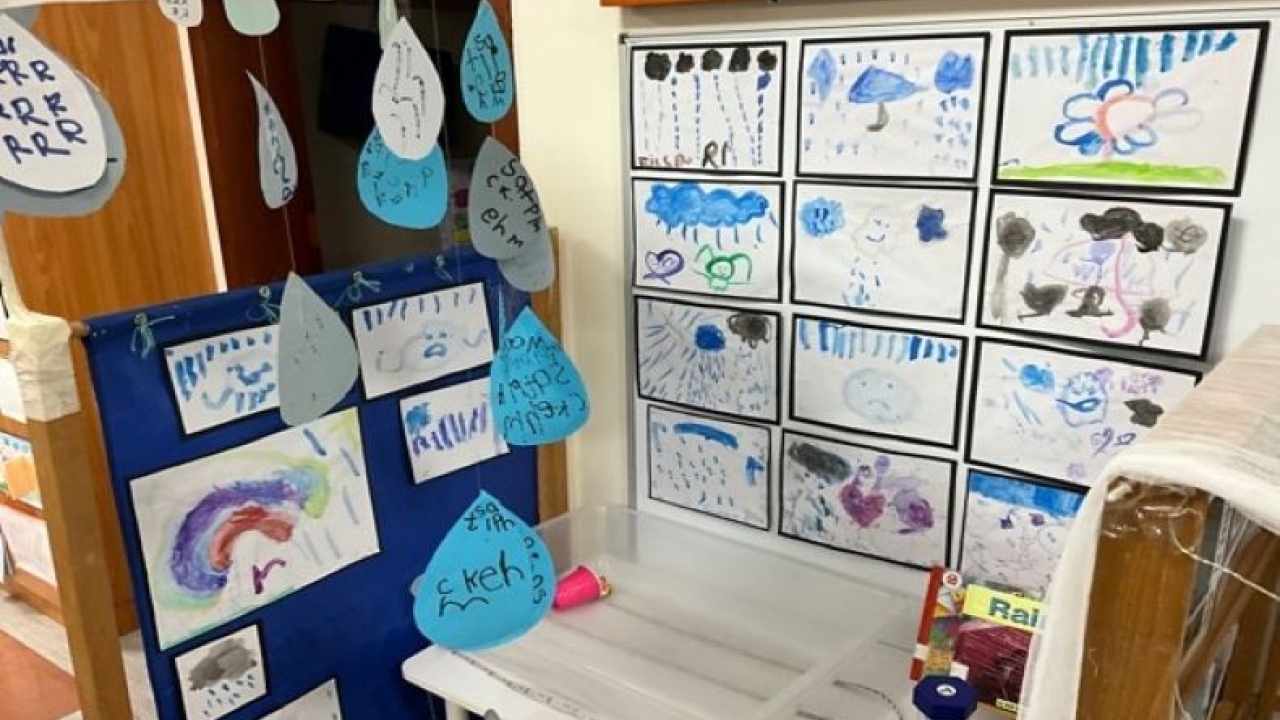Creating An Enabling Environment To Increase Engagement Levels In Early Childhood

This will then contribute to developing positive dispositions for learning and as a consequence lead to have higher academic attainment. “The absorption of the environment is an intellectual activity. It is a psychic necessity that the child explores the environment; it satisfies his spirit. After he has had the satisfaction of observing one thing that interests him, he goes on until he is attracted by something else. In this way the child can walk for miles.” Maria Montessori The 1946 London Lectures, p134 Returning to school in August 2022, our staff came back with vigor and enthusiasm. Our enabling learning environment had been the focus of our school for several years, long before I came.
As Covid restrictions lifted we, as a team, wanted to recreate and develop the learning environment based on the principles of Reggio Emilio and the Walker Learning Approach (developed by Australian based educator, Kathy Walker). The vision was to have a range of centers to entice and engage children in their learning, with an emphasis on developing communication skills, interaction, and collaboration. Like early years practitioners across the world, we knew that children had missed out on vital development milestones in personal, social, and emotional development as well as language and communication. We are very fortunate that our staff, over several years, have built up resources based around the needs and interests of the children. We have a variety of natural resources to soften the classrooms and provide the children with real-life learning experiences. We have screens and nooks available in the classrooms so we can break up the classroom and provide our children with those quiet areas where they can become absorbed and focused on an activity.
Our dynamic team carefully planned their classroom environment taking inspiration from the community, the local culture, the world at large, and the interests of the children. They used a variety of natural materials including shells and wooden resources as well as traditional educational materials and tools. Teachers purposefully designed every center in their classroom with clear invitations and provocations. This was underpinned by an environmental interactive learning plan where teachers included photographs of their centers so they can share best practice and refer to them in the future. Staff were self motivated and passionate which created a sense of determination to ensure the learning environment was rich and stimulating for the children.
To make this a reality we realized that the greatest commodity we could give our staff was time in their classrooms. We looked at our previous start of the year plans and streamlined them. We adopted the less is more approach and evaluated our meeting schedule and only organized training and meetings that we believed were vital. We acted upon feedback from staff and ensured they had guaranteed time in their classroom to develop their learning environment. At the start of the academic year, we gave staff additional time in PD to reflect and enhance the centers based on the interest of the children and how they had explored and utilized them. Following on from this staff then went on a learning walk around the phase and supported each other with praise and constructive feedback. This gave them a chance to share best practice and have quality time looking in each other’s rooms and taking back additional ideas to further enhance their own centers. We then developed a best practice checklist for staff for reflection and self-evaluation. Staff fed back to us on the checklist, so we were able to make adaptions moving forward.
At the start of this term, we updated the check list based on feedback from staff and with a rating 1-3. The added rigor enabled staff to evaluate themselves honestly and identify what they needed to do next. They then shared their evaluation with their grade level lead as part of our performance management process and uploaded it on our performance management system. This means that staff still have ownership over the process but there is now more accountability in place. It enables them to think about how they may adapt their centers and the ones they will emphasizes that term, considering the needs and interests of the cohort. It also helps identify areas that need a greater emphasis next term.
Stay up to date
Subscribe to the free GESS Education newsletter and stay updated with the latest insights, trends, and event news every week. Your email address will remain confidential

